Scientific name Papilionoidea Higher classification Butterfly | Suborder Glossata Lifespan Vanessa cardui: 12 months Rank Superfamily | |
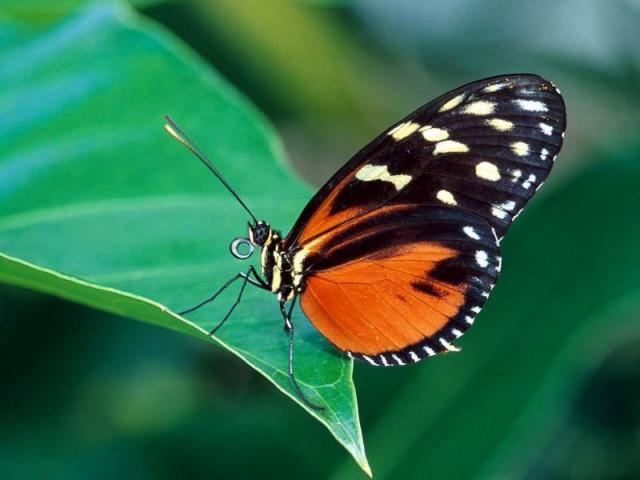 | ||
Lower classifications | ||
The superfamily Papilionoidea (from the genus Papilio, meaning "butterfly") contains all the butterflies except for the moth-like Hedyloidea.
The members of the Papilionoidea may be distinguished by the following combination of characters:
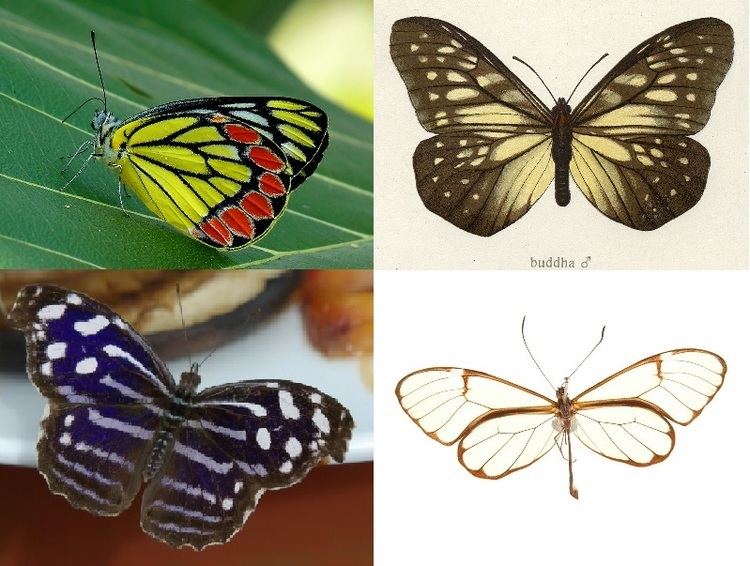
Recent phylogenetic analyses suggest the traditionally circumscribed Papilionoidea are a paraphyletic group, and that skippers and hedylids are true butterflies that should be included within the Papilionoidea superfamily to reflect cladistic relationships.
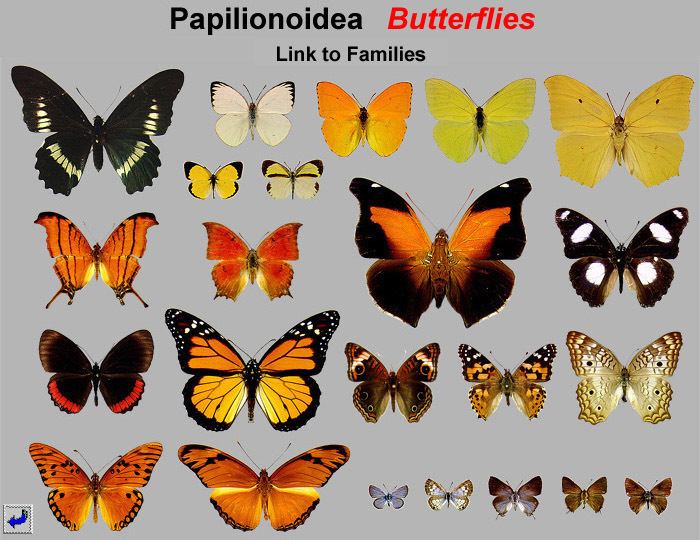
Families of Papilionoidea
The six well-supported families of Papilionoidea are:
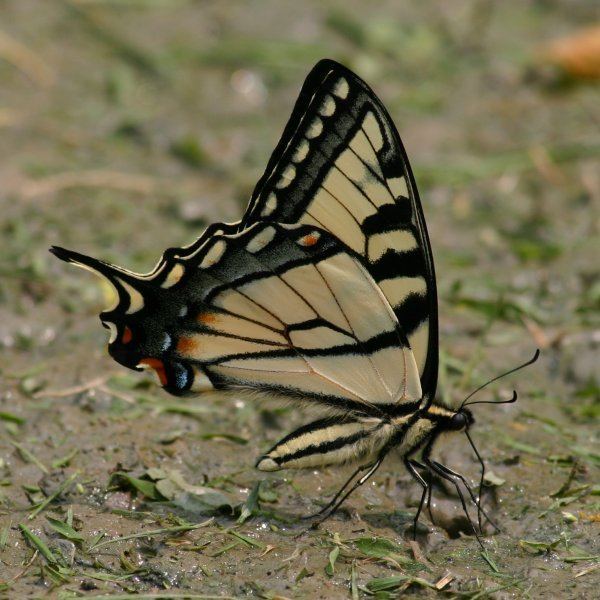
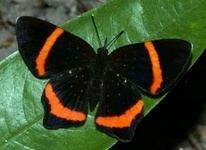
Of the subfamilies of Nymphalidae, only the Morphinae and Satyrinae are possibly paraphyletic, but these two subfamilies form a strongly supported clade with the Charaxinae as sister group.
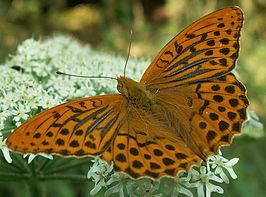
The fossil genus Lithopsyche is apparently a Papilionoidea incertae sedis, which has long been mistaken for a geometer moth of the Boarmiini. It is variously placed in the Lycaenidae or Riodinidae. A similar fossil, Lithodryas, is more firmly assigned to the Lycaenidae, but might belong to the Nymphalidae. Riodinella, yet another prehistoric genus, also seems to belong here, but its relationships are quite obscure, indeed. However, these fossils – all found in Eocene deposits dating roughly between 50 and 25 million years ago – suggest the radiation of the Papilionoidea into the present-day families took place during that epoch. Prodryas, from the end of the Eocene, can be quite robustly assigned to the Nymphalidae, and is quite likely a member of the Nymphalini. Oligocene fossils of Papilionoidea are usually assignable to an extant family without problems.

Taken together, these fossils place the origin of the Papilionoidea in the latest Mesozoic or early Paleogene, while the extant families emerged around the early Eocene onwards.
